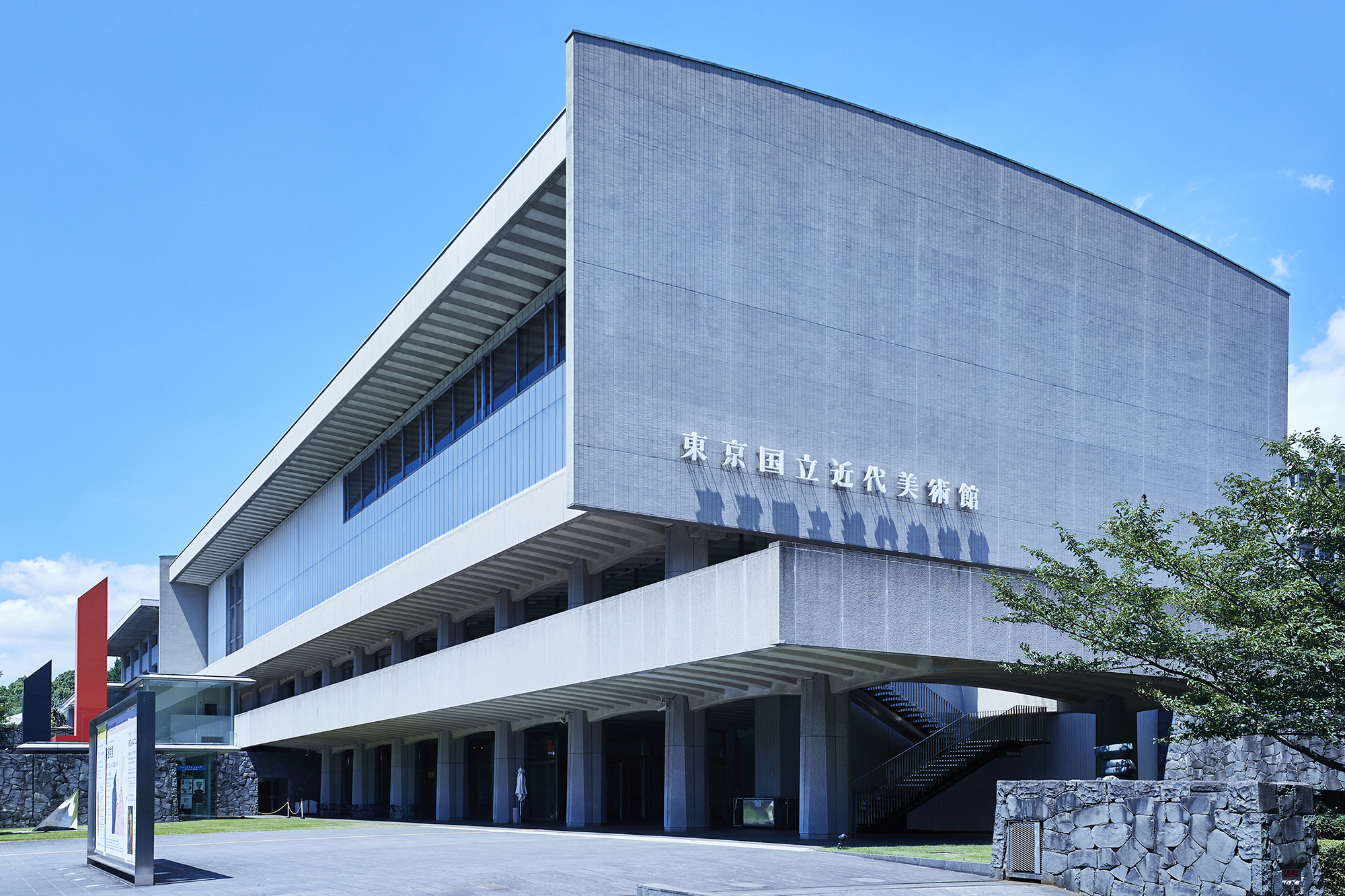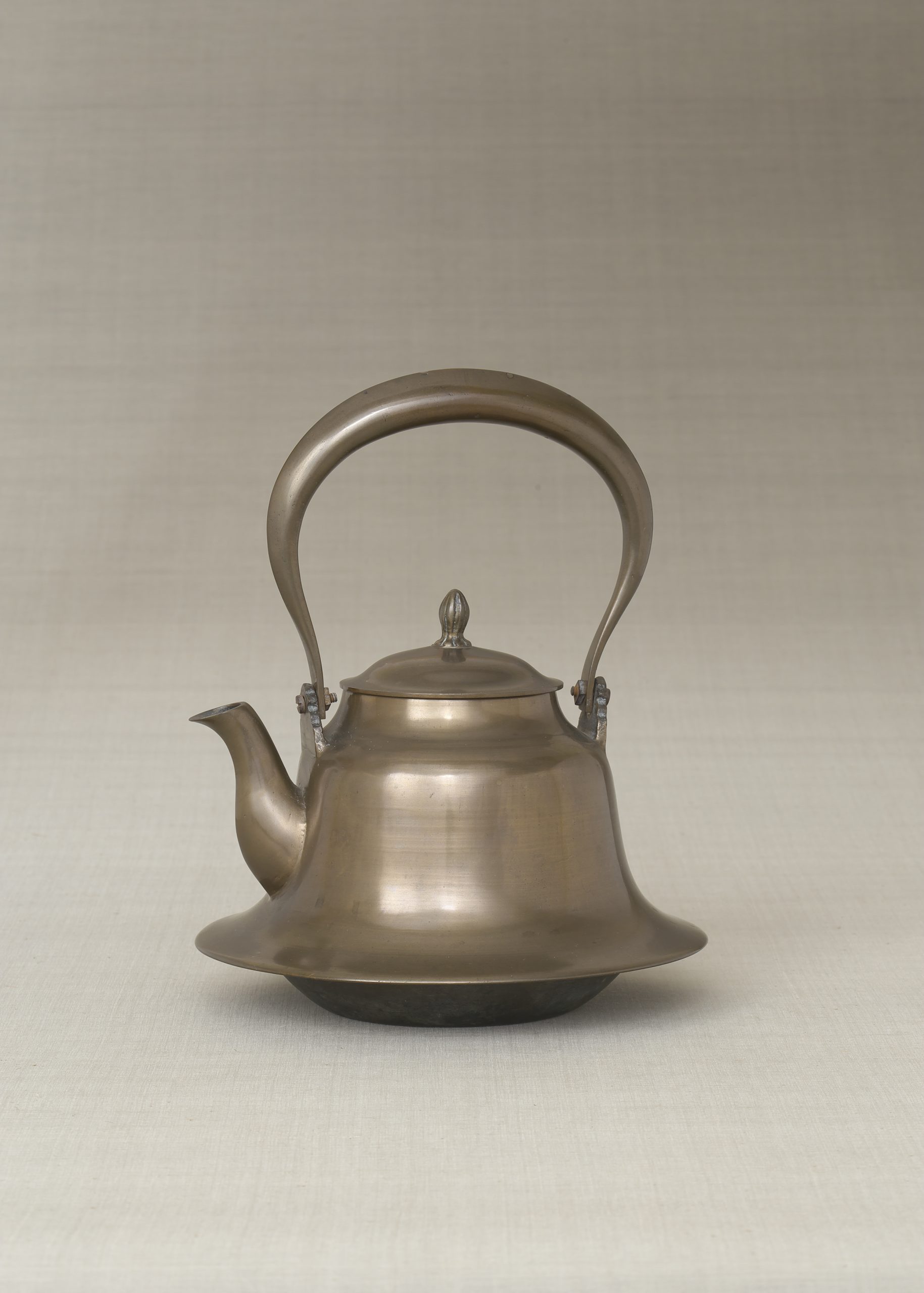VENUES

The National Museum of Modern Art, Tokyo
Takebashi
The National Museum of Modern Art, Tokyo (MOMAT) is Japan’s first national art museum and is located in central Tokyo, near the Imperial Palace. The main feature of the MOMAT is that it is home to one of the largest collections in Japan, comprising over 13,000 items, including Important Cultural Properties. Other works in the collection include many Japanese masterpieces from the early 20th century to the present day as well as works from abroad.
During a turbulent age of Japan’s rapid modernization, artists continued to search for truly epoch-making modes of expression between the traditional Japanese sense of beauty and the culture found in Western art. What masterpieces were created by their efforts? The MOMAT Collection, exhibited in the collection galleries on the second, third, and fourth floors, shows you the answers. Each period of time addressed in the exhibition features 200 artworks selected from the collection. Together, they form the only exhibition in Japan that gives visitors an insight into Japanese art spanning more than a century in a single stroke.
During a turbulent age of Japan’s rapid modernization, artists continued to search for truly epoch-making modes of expression between the traditional Japanese sense of beauty and the culture found in Western art. What masterpieces were created by their efforts? The MOMAT Collection, exhibited in the collection galleries on the second, third, and fourth floors, shows you the answers. Each period of time addressed in the exhibition features 200 artworks selected from the collection. Together, they form the only exhibition in Japan that gives visitors an insight into Japanese art spanning more than a century in a single stroke.
The National Museum of Modern Art, Tokyo
3-1 Kitanomaru-koen, Chiyoda-ku, Tokyo
050-5541-8600 (Hello Dial, within Japan)
Exhibition Information
"100 Years of Mingei: The Folk Crafts Movement"
October 26, 2021 – February 13, 2022
Why is the Mingei movement, which was born in the early 20th century, attracting attention today? The aesthetic—created by Muneyoshi (Soetsu) Yanagi, Shoji Hamada, Kanjiro Kawai, and other artists about 100 years ago—continues to have a great influence. In this exhibition, which marks the 60th anniversary of Yanagi’s death, the founder of Japanese folk art and the social, historical, and economic background of folk art and its people will be revealed through more than 400 works and materials collected by Yanagi and others. Such works and materials include ceramics, textiles, woodworks, publications from the time, photographs, films, functional tools like straw mats, baskets, and colanders, and folk-art works such as Ōtsu-e.
Also on show in the museum is one of the largest collection exhibitions in Japan, the MOMAT Collection, which comprises more than 13,000 items including Japanese- and Western-style paintings, prints, sculptures, photographs, and videos. This exhibition presents 200 works selected from each time period represented in the collection. It is the only exhibition in Japan that gives visitors an insight into Japanese art made during and after the 20th century in a single stroke, and it also offers diverse ways of appreciating art by rotating exhibitions and hosting smaller thematic shows.
Also on show in the museum is one of the largest collection exhibitions in Japan, the MOMAT Collection, which comprises more than 13,000 items including Japanese- and Western-style paintings, prints, sculptures, photographs, and videos. This exhibition presents 200 works selected from each time period represented in the collection. It is the only exhibition in Japan that gives visitors an insight into Japanese art made during and after the 20th century in a single stroke, and it also offers diverse ways of appreciating art by rotating exhibitions and hosting smaller thematic shows.

The Japan Folk Crafts Museum